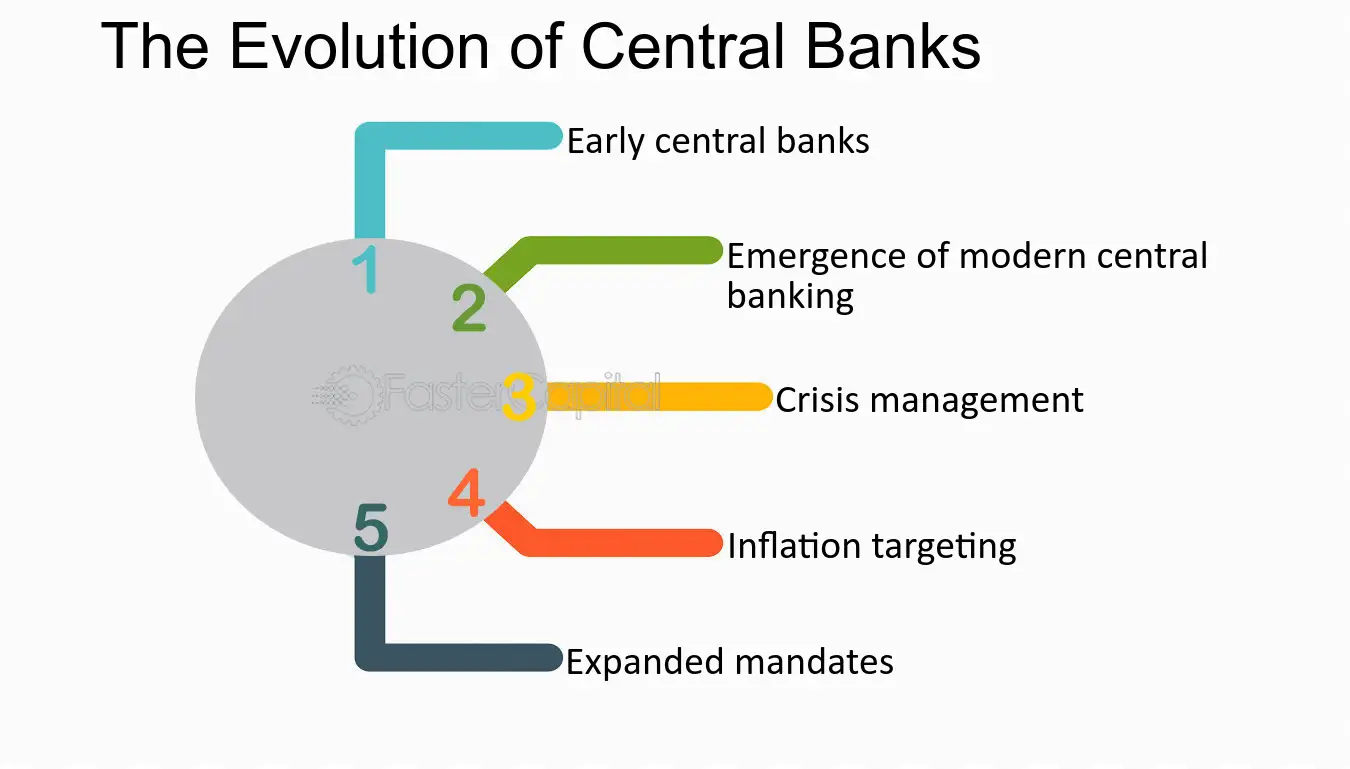How to Read Food Labels: A Beginner’s Guide to Smarter & Healthier Eating

23/08/2025
Author: Shaharia
When you walk into a grocery store, the shelves are full of colorful packages with big claims like “low-fat,” “sugar-free,” or “high in protein.” But do you really know what’s inside? Learning how to read food labels can be a life-changing step toward better health and smarter eating.
1. Start with the Serving Size 🍽️
The first thing you should check is the serving size. Often, a package looks like one portion, but the label might list two or three servings. If you eat the whole thing, you’re actually doubling or tripling the calories and nutrients.
2. Check the Calories 🔥
Calories tell you how much energy you’ll get from one serving. If you’re watching your weight, pay close attention. A snack with 150 calories may not seem like much, but if you eat three servings, that’s 450 calories.
3. Look at Fats – Good vs. Bad 🥑🍟
-
Saturated and Trans Fats – These are the unhealthy fats that can increase the risk of heart disease. Try to keep them low.
-
Healthy Fats – Unsaturated fats from foods like nuts, seeds, and olive oil are good for your heart.
4. Monitor Sugar Intake 🍬
Food labels often hide sugar under names like fructose, corn syrup, or maltose. A high sugar intake can lead to obesity, diabetes, and energy crashes. The daily recommended sugar intake is around 25g for women and 36g for men – so keep an eye out!
5. Protein Power 💪
Protein helps build muscles, repair tissues, and keep you full longer. When checking a food label, aim for options that are higher in protein but not overloaded with sugar or fat.
6. Don’t Ignore Fiber 🌾
Fiber supports digestion and helps regulate blood sugar levels. A good rule is: more fiber = better choice.
7. Understand % Daily Value (%DV) 📊
The %DV tells you how much a nutrient contributes to your daily diet.
-
5% or less = low amount
-
20% or more = high amount
For example, if a cereal box shows 25% DV fiber, that’s excellent!
✅ Key Takeaway
Reading food labels is not about perfection—it’s about awareness. Once you know how to decode the numbers, you’ll start making healthier choices automatically. The more informed you are, the easier it becomes to build a diet that supports your health goals.


















